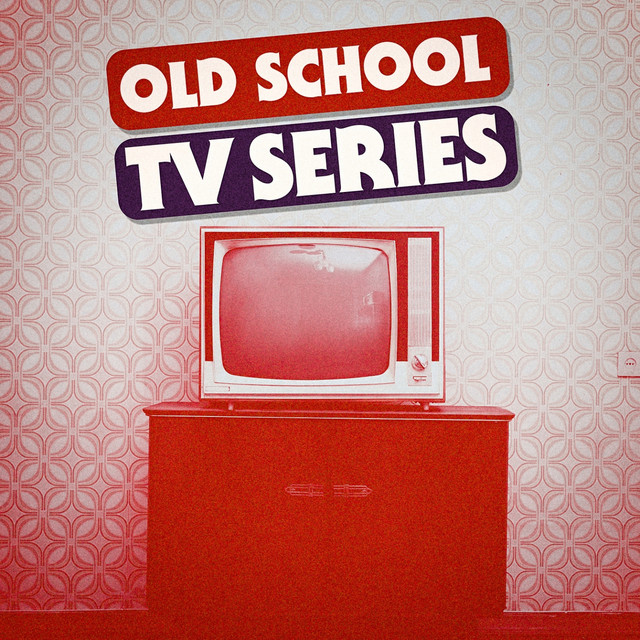
After watching the first episode of The Wire, you will be hooked! You can learn a lot from this show about its characters, storylines and impact on viewers. We will be sharing these lessons with you and discussing how they can be applied to your own lives. It will be clear why this show is so popular.
Lessons from "The Wire"
The eighth episode of the first season of HBO's "The Wire" is titled "Lessons." Gloria Muzio helmed this episode, which was written by David Simon. It was first aired on July 21, 2002. Through different themes, this episode examines the city's social fabric. The series follows a variety of people as they navigate their relationships with drugs and money. These complex relationships are revealed using the technology of wire-taps and pagers.

Characters
The Wire is a great example of a TV show that explores morality. The story is about a group who finds themselves in difficult circumstances and must choose between doing good or doing evil. The Wire does not portray gangsters as its characters, but instead as everyday people trapped in the worlds crime and drugs.
Storylines
The Wire, a television series that spans five seasons, tells its story in 60 episodes. Each episode is about an hour long. You can easily complete the series in just a few months if you're able to focus on every detail and sit down. If you are one of those people who can't wait to finish shows like this, it might be worth taking a bit longer.
HBO Max
HBO Max is an HBO show and movie streaming service. Subscribers to the cable network can access this streaming service. It is filled with new films and series. The best part? You can even stream high-definition movies.

Recommendations regarding watching
The Wire has a reputation of being an outstanding show. The story follows the Baltimore drug trade, and the lives of those involved. The show features a unique documentary style, which is based on extensive research and factual experience. It's very convincing because of its realistic characters and settings. It also gives great attention to detail, and does not overly simplify its plot.
FAQ
How does TV Advertising work
Television advertising can be a powerful way to reach consumers who watch television. It is also very cost-effective. Commercial breaks are probably the most widely used form of advertising. These are usually 30 seconds long, but sometimes longer if there is a special event such as a sporting match, awards ceremony, or election night. Companies sponsor commercials to promote products and/or services. They pay for airtime during these breaks. Some commercials show product information and others simply display images or music. Many programs have product placement, where brands are featured within the program. This could include a brand appearing in a scene showing how their product could fit into the program or providing background information.
Why should I care about TV?
If you own a business, you should care about TV.
It's one of the biggest sources of revenue for many companies.
You should also learn all you can about TV advertising if you are considering starting your own business.
This way, you'll know exactly what kinds of ads you should run, where you should spend your money, and how to market your products effectively.
What are the different styles of commercials?
There are three types of commercials: TV Commercials (TV Commercials), Radio Commercials (Radio Commercials) and Print Ads.
TV Commercials are typically 30 seconds in length. They're used frequently for brand awareness campaigns.
Radio commercials are typically longer (usually one minute) than television commercials and are used primarily for product advertising.
Print ads are usually shorter than 2 to 3 minutes and targeted at specific audiences.
Is tv advertising still relevant today?
The short answer is no, but that does not mean that TV advertising is ineffective. It's because more people are not watching television. They prefer to use other media.
So TV ads have become an important part of our lives as marketers. They are needed to reach people where they spend the most time online.
A TV ad should connect with consumers in a deeper way. This requires that we think differently about the way TV ads are created.
No longer can we rely on images or slogans. Instead, we must consider how watching TV affects the experience. How do you engage people emotionally to make them feel compelled by your products?
These are all things which require creativity. Digital agencies are now the best place to find creativity.
How do ads influence consumer behavior?
Two major ways advertiser behavior can be influenced by consumers are:
-
Ads cause us to associate certain things with certain brands. For example, if we see a McDonald's commercial, we might think, "McDonald's burgers taste better than Burger King."
-
Advertisements are a guideline for what to do. If a commercial says to go to a shop to buy a car, it is likely that we will.
Are TV commercials targeted to target?
You can target ads by knowing what people are looking at it right now.
So if you want someone to watch football on Sunday afternoons, then advertise during the football games. If you want to reach people who watch movies on Friday nights, advertise during movie times.
Advertise during prime-time programs if you want to reach people while they're having dinner.
Knowing what people do after seeing your ads is key. Access to data on what programs they're viewing is key.
The advent of new technologies like streaming video and DVRs makes data increasingly accessible.
But don't forget that every person has his own preferences. It is impossible to predict what program someone will see next.
It's crucial to test different kinds of ads. Based on real-world feedback you will discover what works the best.
TV and business: Is it a good idea?
Yes, TV is good for business. Television allows businesses to reach more customers.
Signs are put up all over the town, for example, when you're selling your house. You can also advertise in local newspapers such as the paper, the real property section, or the classifieds.
Advertise online via websites and social media sites, such as Facebook.
With TV, however, you don't have to worry about putting up signs, writing articles, or posting messages on websites.
Instead, relax and allow someone else to do all the work.
So you can achieve the best possible results without having to spend a lot on marketing campaigns.
Statistics
- Radio is extremely accessible – 95 percent of cars have radios, and 99 percent of homes have radios. (marketingevolution.com)
- In fact, 76% of people completely skip the commercials while watching their programs. (qualitylogoproducts.com)
- Television is a great brand awareness tool - Almost every American has a television, with 83 percent of adults having two or more, and American households keep their televisions on for 8.1 hours each day on average. (marketingevolution.com)
- To get estimated costs for airing a 60-second TV commercial in different regional markets, check out the following figures in this TV ad pricing chart from the media experts at Casual Precision. (fitsmallbusiness.com)
- With OTT ad revenue set to increase from 45% to 60% over the next decade, AdTech pioneers and early adopters of OTT advertising will reap its benefits in the near future. (clearcode.cc)
External Links
How To
How do I choose the type of advert to run on television
There are many factors to consider when choosing between traditional print advertisements and digital billboards, TV commercials, radio spots, or television commercials.
First, you must decide whether to look for short-term results or long-term exposure.
An advertisement that generates immediate sales must have short-term exposure. The advertisement should make people aware of your product immediately.
Exposure over the long term means you want to increase awareness and reach more people for longer periods of time. This could be for weeks or months.
Next, you need to choose between one-off campaigns or ongoing campaigns.
When you are promoting a single event like a holiday sale or new product launch, one-off campaigns can be used. These campaigns are typically very expensive as they require a lot planning and preparation.
However, they are usually less cost-effective than ongoing campaigns. They allow you to run the exact same ad every week, or month.
You must decide how much money you are willing to spend.
There are two options: invest large or small amounts in advertising. It will cost you more per impression to advertise in smaller amounts than it does for larger amounts.
However, if you do not run as much advertising, it will be difficult to reach as many potential clients.